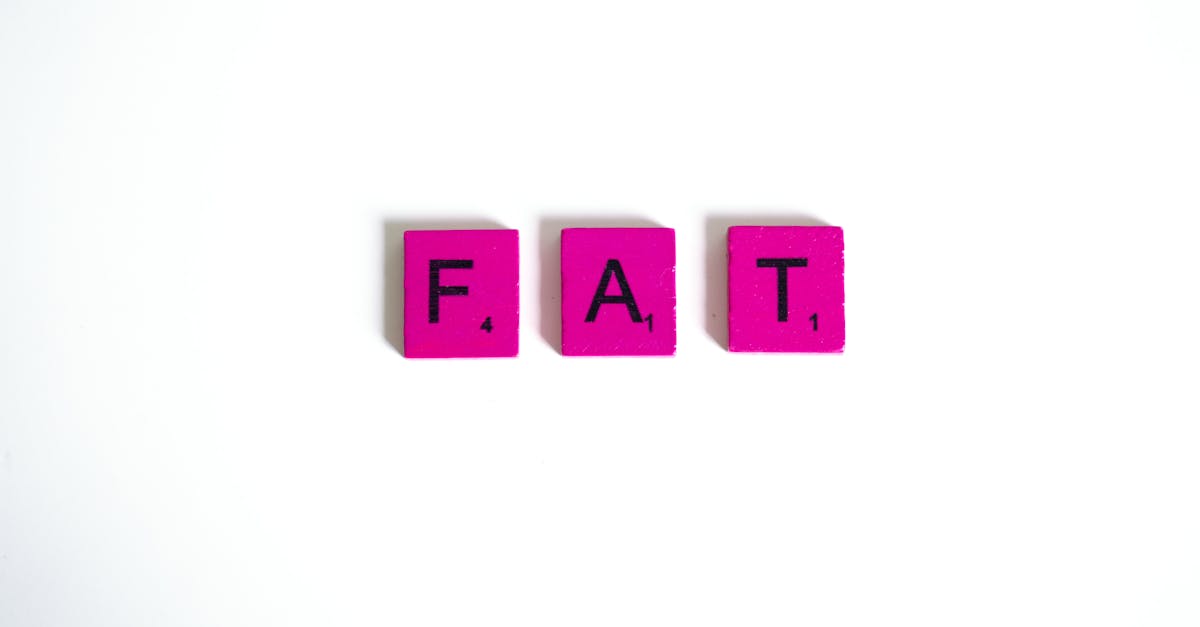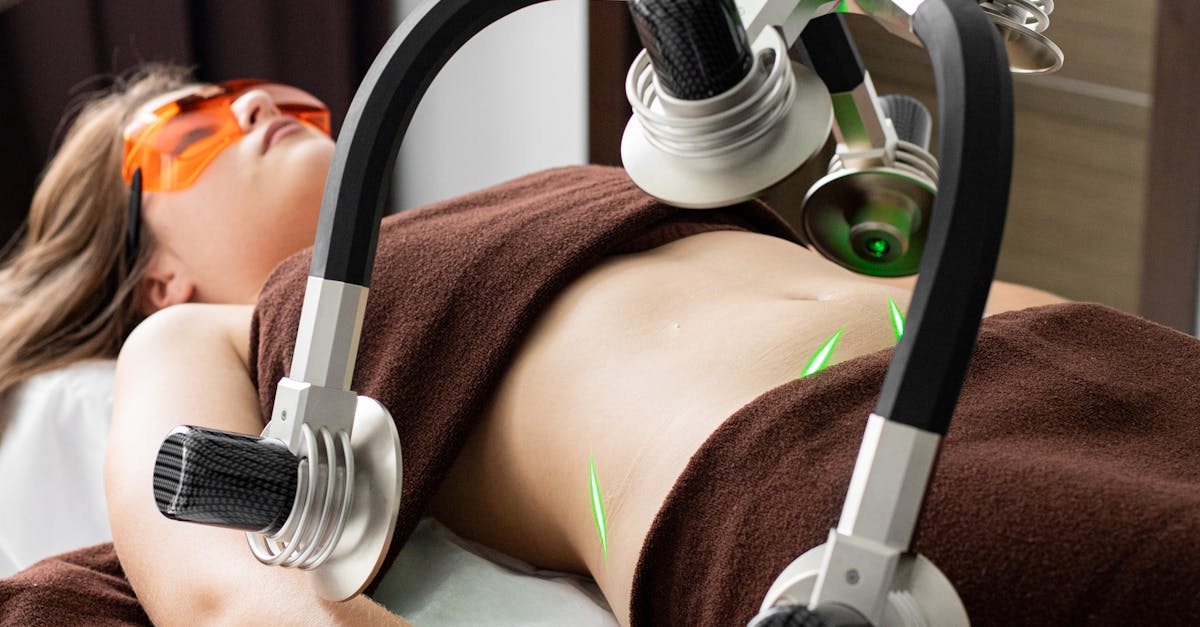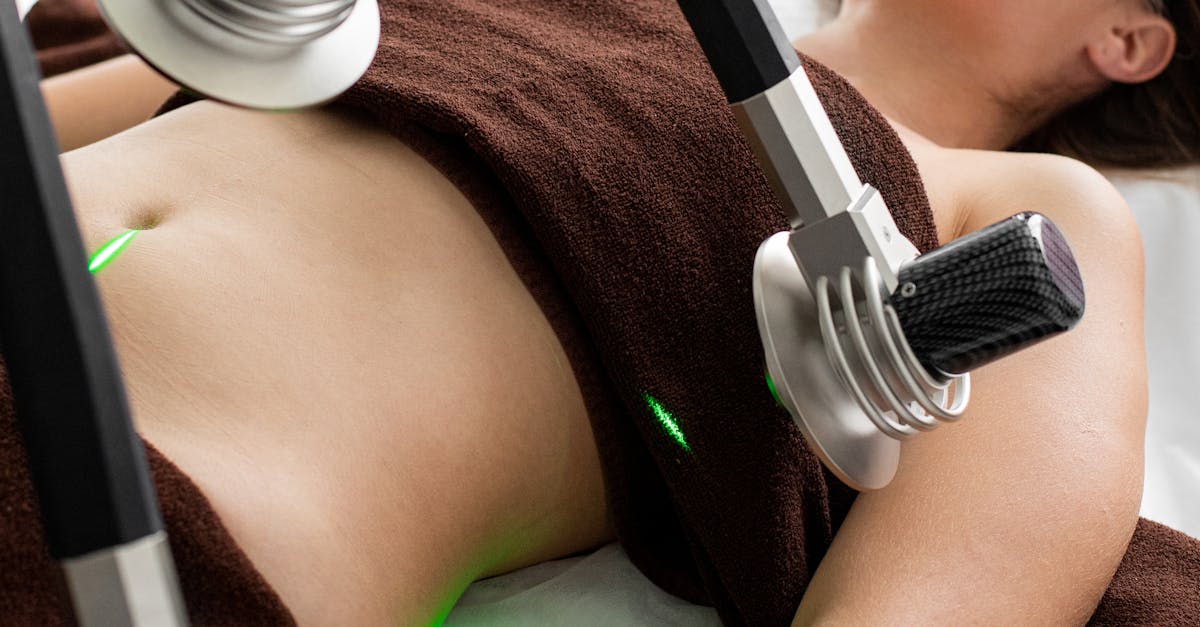
At nycosmeticsurgery.net, we specialize in providing top-notch Fat Transfer services to help our clients achieve their desired body contouring goals. Fat Transfer, also known as fat grafting or fat injection, involves removing excess fat from one area of the body and transferring it to another area to add volume or enhance shape. Our highly skilled cosmetic surgeons use advanced techniques to ensure natural-looking and long-lasting results for our patients. Whether you're looking to enhance your buttocks, breasts, or facial features, our team at nycosmeticsurgery.net is dedicated to helping you achieve the look you desire with our Fat Transfer services. Contact us today to schedule a consultation and learn more about how we can help you achieve your cosmetic goals.
Areas for Fat Transfer
Areas for fat transfer encompass a wide range of body parts where patients can benefit from the transplantation of their own fatty tissue. Plastic surgeons commonly perform fat grafting in areas such as the face for facial rejuvenation, lips for a fuller appearance, buttocks for a Brazilian butt lift, and breasts for either augmentation or reconstruction. Besides these aesthetic purposes, fat transfer can also be utilized in body contouring procedures, such as sculpting the abdomen, thighs, or hips to enhance overall shape and appearance.
Fat transfer is an excellent solution for patients seeking natural-looking results without the use of implants or foreign substances. By extracting fat cells from one part of the body using a cannula and then reinjecting them into targeted areas, the procedure can improve contours, restore volume, and reduce the appearance of wrinkles or scars. This minimally invasive technique, typically performed under local anesthesia, offers a safe and effective way to achieve subtle enhancements with fewer risks of complications compared to traditional implant surgeries.
Which Body Areas Can Benefit from Fat Grafting?
Fat grafting, also known as fat transfer or fat injection, is a popular cosmetic procedure that involves transferring fat from one part of the body to another. This minimally invasive technique utilizes the patient's own body fat to enhance volume in specific areas. One of the common areas that can benefit from fat grafting is the buttocks, popularly known as buttock augmentation or a "Brazilian butt lift." By injecting purified fat cells into the gluteal area, patients can achieve a rounder and fuller buttock appearance, addressing concerns of flatness or asymmetry.
Apart from the buttocks, fat grafting can also be used to enhance other areas of the body, such as the breasts. This procedure, known as natural breast augmentation, involves injecting the patient's own fat into the breasts to increase volume and improve shape. Unlike traditional breast implants, fat transfer creates a more natural look and feel. Patients who opt for this method can achieve subtle yet effective results without the need for foreign materials in their bodies. Additionally, fat grafting can be used to address facial depressions, liposuctioned areas, and even to correct asymmetry in various body parts, providing patients with a versatile solution for their cosmetic enhancement needs.
Achieving NaturalLooking Results
Natural-looking results are a crucial goal for many individuals considering fat transfer procedures. Achieving this outcome requires a balance between artistry and technical expertise. By precisely injecting the transferred fat into the target areas, board-certified cosmetic surgeons can create subtle enhancements that seamlessly blend with the patient's natural contours. This approach aims to enhance the overall aesthetic appearance while maintaining a harmonious balance with the rest of the body.
One of the key factors contributing to natural-looking results in fat transfer procedures is the meticulous evaluation and planning conducted during the consultation phase. During this stage, the surgeon assesses the patient's unique anatomy, skin quality, and desired outcome to tailor the procedure accordingly. By understanding the patient's goals and expectations, the surgeon can design a personalized treatment plan that focuses on enhancing specific areas while ensuring a natural and proportionate result. This individualized approach is vital in achieving successful fat transfer outcomes that look and feel authentic.
How Can Fat Transfer Create Natural Breast Augmentation?
Fat transfer is a popular technique used in cosmetic surgery to achieve natural-looking breast augmentation. During this procedure, fat is harvested from one area of the body, usually through liposuction, and then injected into the breasts to enhance their size and shape. By using the patient's own tissue, fat transfer can create a more natural and long-lasting result compared to traditional breast implants.
One of the key benefits of fat transfer for breast augmentation is the ability to achieve a more subtle and natural-looking enhancement. The injected fat can be strategically placed to improve breast symmetry, shape, and volume in a way that complements the patient's overall body proportions. Additionally, fat transfer can also address concerns such as cleavage enhancement and correcting minor asymmetries, providing a more customized and personalized approach to breast augmentation compared to traditional implants.
Consultation and Preparation
During the consultation phase of a fat transfer procedure, the cosmetic surgeon will thoroughly assess the patient's concerns and goals to determine the best approach for achieving natural-looking results. This process involves discussing the specific areas for fat grafting and ensuring that the patient has a clear understanding of what to expect during and after the procedure. Additionally, the surgeon will evaluate the patient's overall health status to ensure that they are fit for the surgery and explain any potential risks or complications that may arise.
Preparation for a fat transfer typically involves following pre-operative instructions provided by the surgeon, which may include refraining from certain medications that can increase the risk of bleeding, such as aspirin, and avoiding smoking to promote optimal healing. Patients may also be advised to maintain a healthy diet and exercise routine to support optimal outcomes. On the day of the procedure, patients should arrive at the clinic with clean skin and avoid wearing makeup or skincare products. Additionally, wearing loose, comfortable clothing can help facilitate post-operative recovery.
What Should I Expect During a Fat Transfer Consultation?
During a fat transfer consultation, the patient can anticipate a thorough examination of the areas intended for fat grafting. The surgeon will inspect the specific body parts and discuss any concerns or expectations the patient may have regarding the procedure. They will also assess the patient's medical history to ensure that they are a suitable candidate for the transfer. Additionally, the doctor might inquire about previous surgeries, any medical conditions, allergies, current medications – including over-the-counter drugs like aspirin or non-steroidal anti-inflammatory drugs (NSAIDs) – and other relevant information to ensure the safety and success of the fat transfer.
The consultation will likely involve a detailed discussion of the proposed fat transfer procedure. The surgeon will explain the process, the expected outcomes, and recovery expectations. They may also discuss alternative procedures or complementary treatments that could enhance the results. Moreover, the doctor might provide information about potential risks and complications associated with fat grafting, such as embolism, ecchymosis, or infections. The patient will have the opportunity to ask questions and address any concerns they may have about the procedure, ensuring they are well-informed and prepared for their fat transfer.
FAQS
What is fat transfer?
Fat transfer, also known as fat grafting, involves transferring fat from one area of the body to another to enhance volume or correct asymmetry.
How long does fat transfer procedure take?
The duration of a fat transfer procedure can vary depending on the specific areas being treated, but it typically takes between 1 to 3 hours.
Is fat transfer a safe procedure?
Fat transfer is considered a safe procedure when performed by a qualified and experienced plastic surgeon. Complications are rare, but like any surgical procedure, there are risks involved.
How long do the results of fat transfer last?
The results of fat transfer can be long-lasting, as the transferred fat cells can survive and integrate into the new area. However, some reabsorption of the fat may occur over time.
Can fat transfer be used for facial rejuvenation?
Yes, fat transfer can be used to restore volume to the face, fill in wrinkles, and improve overall facial contours for a more youthful appearance.


